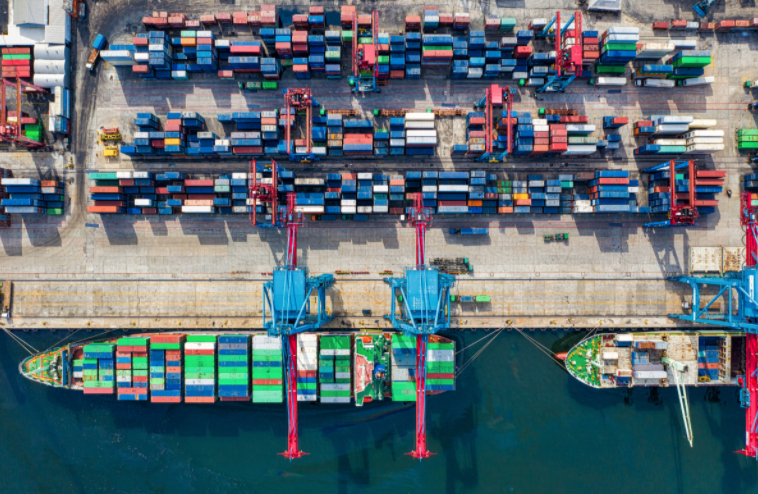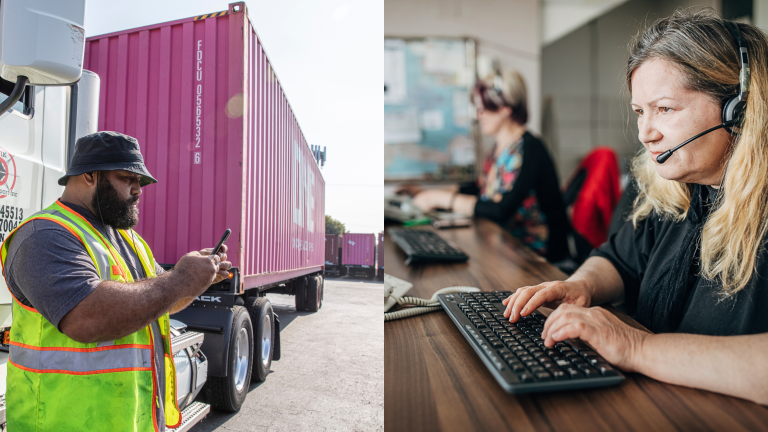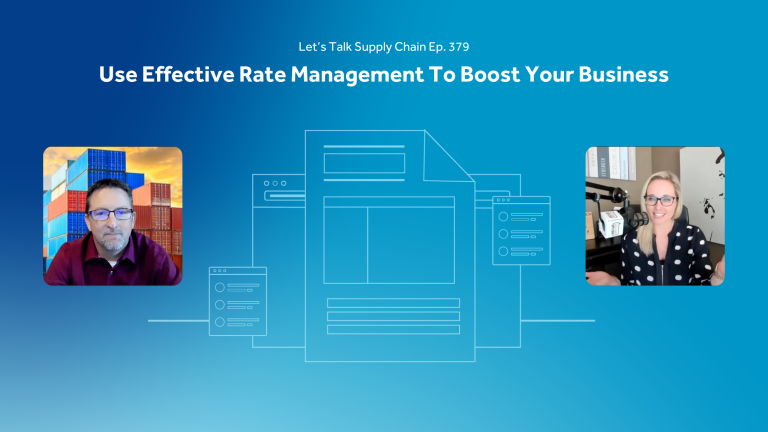Like most sectors, the COVID-19 pandemic has forced the supply and transport industry to evaluate and improve their current processes. Around the world, companies have had to work with limited manpower, adjust to lockdown restrictions, and find ways to deliver goods safely. This is where innovations in technology come in. From real-time supply chain tracking to smart telematics systems, there are several tools that promise to refine freight operations and create a more streamlined supply chain.
Below, we’ve listed some of the tech trends that are predicted to have the biggest impact on the industry in 2021.
1. Blockchain
Blockchain has become a buzzword, thanks to the popularity of cryptocurrency investments. But that’s not the only field where blockchain technology is applicable. Simply put, blockchain is a decentralized open ledger that connects each user via a series of computers. Its main draw, in the context of freight and logistics, is the security and transparency it offers. Since the data is open to each stakeholder, this makes the entire process easily traceable and less prone to fraud — since all parties have decentralized access to the data. However, much still has to be done in order for the sector to adopt blockchain technology. For one, logistics companies will need to digitize their data and implement an industry-wide standard for sharing it. As such, the technology’s full potential has still not been realized yet.
2. Electric Trucks
In the past, electric vehicles were widely inaccessible due to their high costs and how they’re manufactured. To illustrate, electric vehicles contain lithium-ion batteries. Inside each cell are cathodes, and manufacturers need net ties to meet its PCB design requirements. This is what allows the batteries to run and distribute energy. Such complex processes are what make electric vehicles expensive. Now, there are many more electric vehicles on the market — including electric trucks. For example, mega-retailer Walmart recently reaffirmed its commitment to switch to electric vehicles — including long haul trucks — by 2040. As truck manufacturers iron out the kinks, we can expect electric fleets to become a major part of the future of the freight sector.
3. Predictive Analysis and AI Learning
Time and resource distribution are important considerations for freight businesses. One budding technology that can help optimize these is machine learning. Using past data to predict trends, AI technology can help you estimate the demand of products per location. This will reduce dispatch times, maximize supply distribution, and lead to an overall steadier supply chain. Despite the promise that machine learning holds, experts warn that predictive analysis still needs more polishing. To give an accurate forecast and get rid of any outliers, a lot of historical data is required.
4. Using a Web-based TMS System
The global transport sector is facing huge losses due to COVID-19. In fact, road freight transport saw an 18% decrease in revenue for the first half of 2020 alone, according to the International Road Transport Union. This year, transport and freight companies will have to slash costs as financial recovery begins to take place. One way to do that is by using web-based transport management systems. Systems like Tailwind eliminate the need to invest large sums in servers and trained IT staff because the platform operates through the cloud. Additionally, businesses can save more money through these Software-as-a-Service tools, since there are no annual maintenance agreements to pay for. As a result, more funds can be spent fixing the financial damage brought by the pandemic.
5. Drone Delivery
COVID-19 has placed a lot of emphasis on contactless modes of business. For the freight sector, one way to do this is by employing drones. These unmanned vehicles can bypass road congestion, and easily reach rural areas — all while minimizing human contact. However, it’s still in its early stages and currently faces many challenges. Some of its hurdles include battery life, aerodynamics, weight limitations, and legal compliance. Nonetheless, it’s an interesting mode of delivery to look into for the future.
The next few years will prove exciting for the supply chain industry, thanks to these trends in technology. Whether you’re a small freight operator or a large-scale transport mogul, these new innovations will certainly change the way you do business.
Author:
Jea Vacarro
Editor’s note: This blog was originally written for Tailwind Transportation Software, 5 Tech Trends That Are Affecting the Freight Industry.




